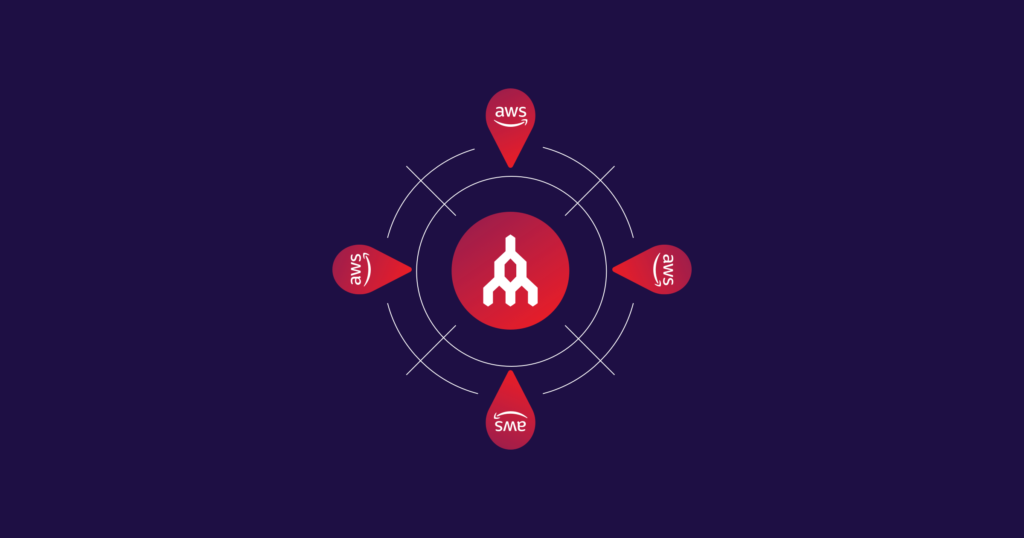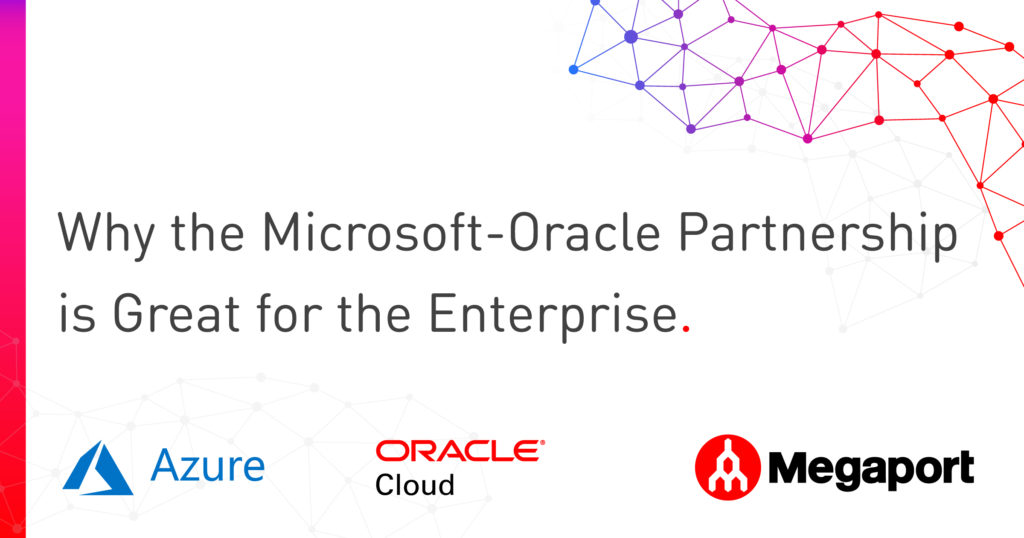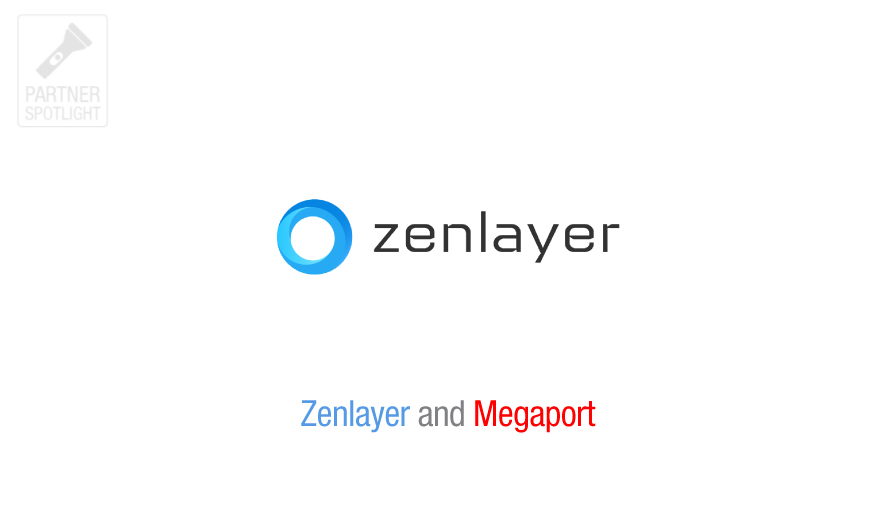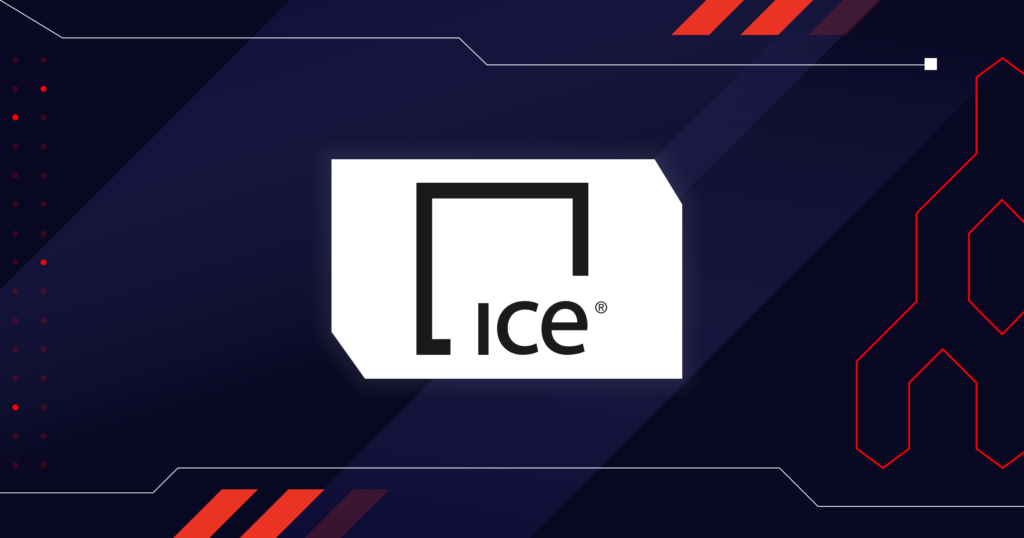
New AWS Local Zones in US Make Ultra-Low Latency Easier
- Cloud networking , Partners
- August 24, 2021
- RSS Feed
For customers who require ultra-low application latency in the US, 15 new AWS Local Zones coming online in 2021 might be the answer.
At AWS re:Invent 2020 last December, Amazon CEO Andy Jassy announced the intent to add 15 new Local Zones in the Continental United States by the end of 2021, starting with previews in Boston, Houston, and Miami. The primary target of these new Local Zones are customers who require very low latency in a certain geographic area, namely customers using AWS for video rendering, transcoding, AI/ML, and virtual desktop apps, or creating and delivering content such as real-time gaming or social media.
With the recent announcement of the general availability of AWS Local Zones in Denver, AWS Local Zones are now online in Boston, Dallas, Denver, Houston, Los Angeles, Miami, and Philadelphia. With an additional nine Local Zones set to launch in 2021 in Atlanta, Chicago, Kansas City, Las Vegas, Minneapolis, New York, Phoenix, Portland, and Seattle, customers will be able to deliver ultra-low latency applications to end users in cities across the US.
Read our Guide to AWS Direct Connect Locations.
AWS chose these cities in particular so that the vast majority of their users in the contiguous 48 states could experience single-digit millisecond latency.
Although you can make use of Direct Connect to connect to any of these above-mentioned Local Zones, direct, lowest-latency connections to Local Zones is currently only available in Los Angeles. For all other Local Zones, traffic must first traverse the region associated with the Direct Connect location.
No infrastructure needed
Customers can access these new Local Zones simply by using AWS Direct Connect, selecting their desired Local Zone in their console for their VPCs. In short, Megaport customers connecting to AWS can simply turn up private connectivity to the generally available AWS Local Zones listed above now. This option gives the customer the option to host their workloads closer to the edge of their selected Region.
In the examples below, since LAX is the only local zone with the supported single-digit millisecond latency, let’s use that as an example in the below scenario and the included diagrams.
The best part of these newly available Local Zones is that no additional infrastructure is required. Before Local Zones, a customer located near, say, Los Angeles seeking ultra-low latency for an application testing environment would likely have to put servers in a local data center near them or choose AWS Outposts, AWS’s managed hybrid IT infrastructure, which we wrote about earlier this year, bringing AWS infrastructure on-premises to connect to AWS’s nearest region, in this case: US West (Oregon).
Learn more about how to “Simplify Your Hybrid IT Operations with AWS Outposts.”
Now going through all the hassle of hosting new equipment managed by AWS or having data going from L.A. to Oregon is unnecessary. That customer in Los Angeles can simply create a hosted virtual interface (VIF) or hosted connection to AWS Direct Connect on the Megaport portal, choose a standard Megaport cloud on-ramp near Los Angeles, and connect to the new Los Angeles AWS Local Zone. Then they can set up their network to host their workloads closer to the infrastructure.
As you can see, network latency at some of our Megaport enabled data centers in the Los Angeles area can be as low as one to two ms.
Local Zones in action with Megaport
According to AWS, users of their new Local Zones fit in two categories:
Distributed Edge: Customers who want to place parts of their gaming, social media, and voice assistant applications in multiple, geographically disparate locations to get closer to the end user in order to deliver a lower latency experience.
Locality: Customers who need to connect to the cloud in locations close to their existing branch offices and data centers. They often need to process and store data within a specific geographic region in order to meet regulatory requirements.
Read our AWS re:Invent 2020 recap.
The new AWS Local Zones support the popular AWS services such as Amazon Elastic Compute Cloud (Amazon EC2), Amazon Elastic Block Store (EBS), Amazon Elastic Kubernetes Service (EKS), and Amazon Virtual Private Cloud (VPC). You can also use on-demand compute in Local Zones. Some of the zones even support the use of spot instances, important for setting up and tearing down test environments quickly and reining in cloud costs.
Use cases for AWS Local Zones with Megaport
The diagram below shows the scenario I described above: A customer in L.A. needs ultra-low latency for a workload in an AWS VPC.
Before

Before the new Local Zone, customers connecting their data centers in Los Angeles would need to route from Los Angeles to an AWS region such as US-West2 nearly a thousand miles away
After

With the new AWS Local Zone in Los Angeles, customers can now deploy in Los Angeles with AWS keeping resources local, significantly reducing latency while providing superior application performance.
**
How to connect to AWS Local Zones with Megaport**
Connecting to AWS Local Zones with Megaport is easy. In the video above, I walk you through how to turn up a hosted VIF to AWS Direct Connect and go live with your new Local Zone connection in just minutes.
For more information
To learn more about how you can architect your network to take advantage of these new AWS Local Zones in the US, contact your account representative.
Stay Updated
Keep up to date on Megaport by following us on social media at:
Twitter: @megaportnetwork
LinkedIn: @megaport
Facebook: @megaportnetworks


